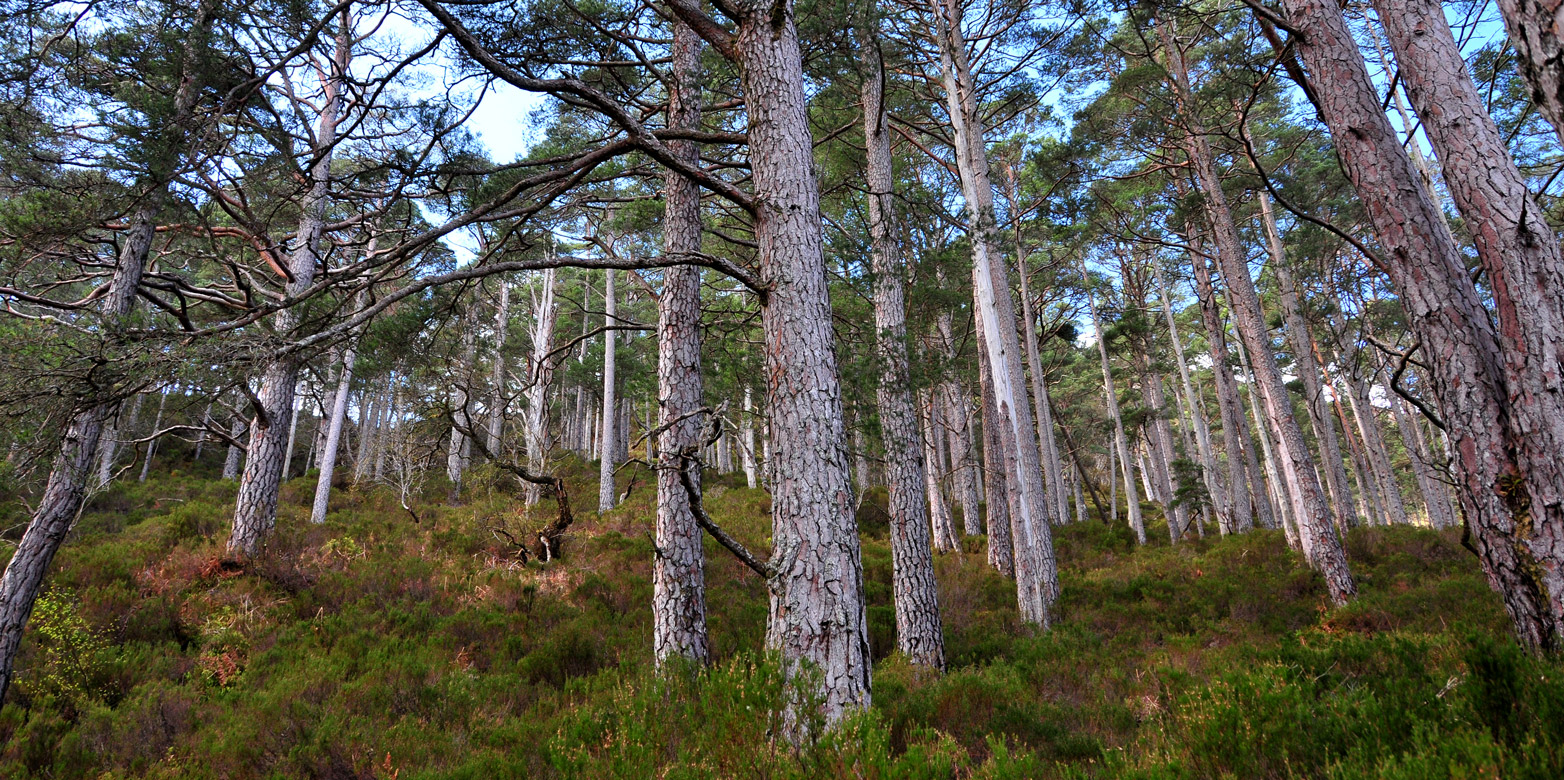Scaling-up efforts to restore forests
We need to seize the opportunity for a unified global response to deforestation, land degradation, and climate change, says Jaboury Ghazoul.

We are at the cusp of a transformation that is changing societal perspectives and values on our environment. The Bonn Challenge1 – which seeks to restore 150 million hectares of forest by 2020 – represents a global response to deforestation, land degradation, and climate change.
Never mind that with only 2 years to go, only 5 million hectares have actually been restored. More important is that this initiative has galvanised countries, organisations, and individuals to recognise the imperative to reverse environmental degradation in all its forms. Governments have already pledged 160 million hectares for forest restoration, but pledges, while welcome, must be translated into action.

Scaling-up requires scaling-out
How do we scale-up from existing scattered restoration initiatives to a programme more than an order of magnitude larger than all collective efforts to date? Any such challenge requires a “complex adaptive systems thinking approach” that transcends disciplinary boundaries and spatial and temporal scales. It requires drawing on knowledge sourced from multiple scientific fields to inform strategies across policy, society, economic, and environmental sectors.
Scaling-out across disciplines and sectors is complex, but is exactly what is needed to effectively address scaling-up of forest restoration. The Latsis Symposium 2018 on Scaling-Up Forest Restoration convenes at ETH Zurich on 6, 7 and 9 June to explore how this might be achieved in practice (see Box).
Towards a shared vision
We first need to forge a common vision from different, and at times contrasting, views of what forest restoration should look like. Different stakeholders might have quite different expectations of restoration – they might not even believe that restoration is worthwhile.
We need to clarify if, and how, the benefits of restoration outweigh its costs, particularly in relation to the economy and livelihoods. We must start by understanding the motivations behind contrasting visions, then negotiate acceptable visions across different interests, and finally chart a path that navigates conflicts that inevitably arise. If we simply rush to embrace restoration with normative values that might not be universally shared, we risk trampling on other legitimate interests in what would be tantamount to green land grabbing.

Discussions on forest restoration need shared understanding and terminology to avoid misaligned interpretations that can ultimately undermine restoration processes. The struggles over the meaning of restoration reflect disagreements on what people actually want from it, and how its social, ecological, and economic benefits are distributed. This requires us to reconsider how land-use is embedded in the organisation of our societies.
Where, what, and how to restore?
Is there even enough land to meet restoration targets without compromising rural communities? Restorative land uses need to provide attractive alternatives to existing degradative land uses, and restoration investments should be informed by spatial plans that address the local benefits, costs, and conditions of restoration
«Global reforestation has all the hallmarks of a wicked problem, and thus requires collaborative effort.»Jaboury Ghazoul
From an ecological perspective, we need to understand how the condition and functioning of forests vary across the globe so to identify appropriate strategies in specific regions. This will also help us to map how biodiversity, carbon storage, and local climate, in addition to socio-economic aspects, are shaped by restoration interventions.
Mobilising and monitoring investments
How do we mobilise the requisite funding? Restoration is attracting financing from donor and government funds, as well as some private investments, but it remains challenging to create business models with risk-return profiles that are attractive to private investors. These models need to consider short- and long-term revenues, as it often takes many years before restoration projects deliver economic benefits. Effective monitoring, reporting, and verification (MRV) of restoration interventions is also crucial to securing international funding for large-scale forest restoration. Without MRV, project success cannot be evaluated or proved, and financial support is therefore likely to be short-lived.

Effective monitoring of restoration efforts is further needed to generate information to adapt and improve management. Successful restoration will look different in different places. Well-designed monitoring systems can improve local decision-making and adaptive management, but only if data collection is embedded within a programme of communication, discussion, and learning.
Scaling-up forest restoration has all the hallmarks of a wicked problem, and thus requires collaborative effort across disciplines, sectors, and stakeholders. The Latsis Symposium in June 2018 will explore how all these issues can be integrated into a global strategy to restore forests and landscapes.
This blog was written collaboratively by Jaboury Ghazoul and Nicole Kalas (Ecosystem Management, ETH Zurich) with contributions from Latsis Symposium invited speakers.
Latsis Symposium 2018: Scaling-up Forest Restoration
The symposium (6, 7 & 9 June 2018, ETH Zurich) addresses how we might overcome ecological, economic and societal challenges, and leverage opportunities, to implementing forest restoration at global scales. Invited speakers from academic, non-governmental, and private sectors, will address social, natural and political issues pertaining to global scaling-up of forest restoration activities.
Associated public events will give visitors the opportunity to engage with restoration scientists in a Public Forum debate, Science Café and environmental games. There will also be a children’s event and a photographic exhibition.
For further details, and to register for the event, please visit www.latsis2018.ethz.ch.
Comments
No comments yet